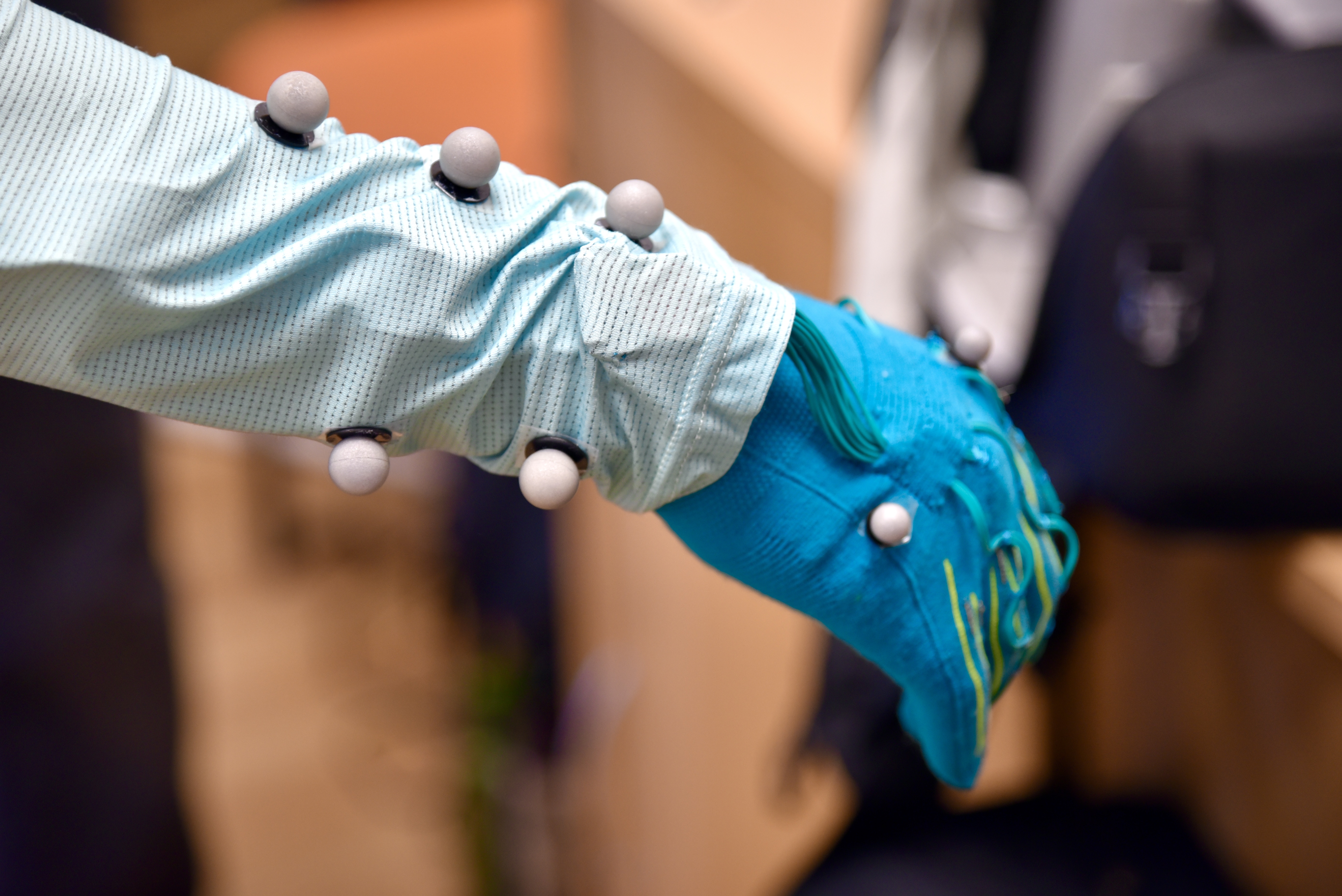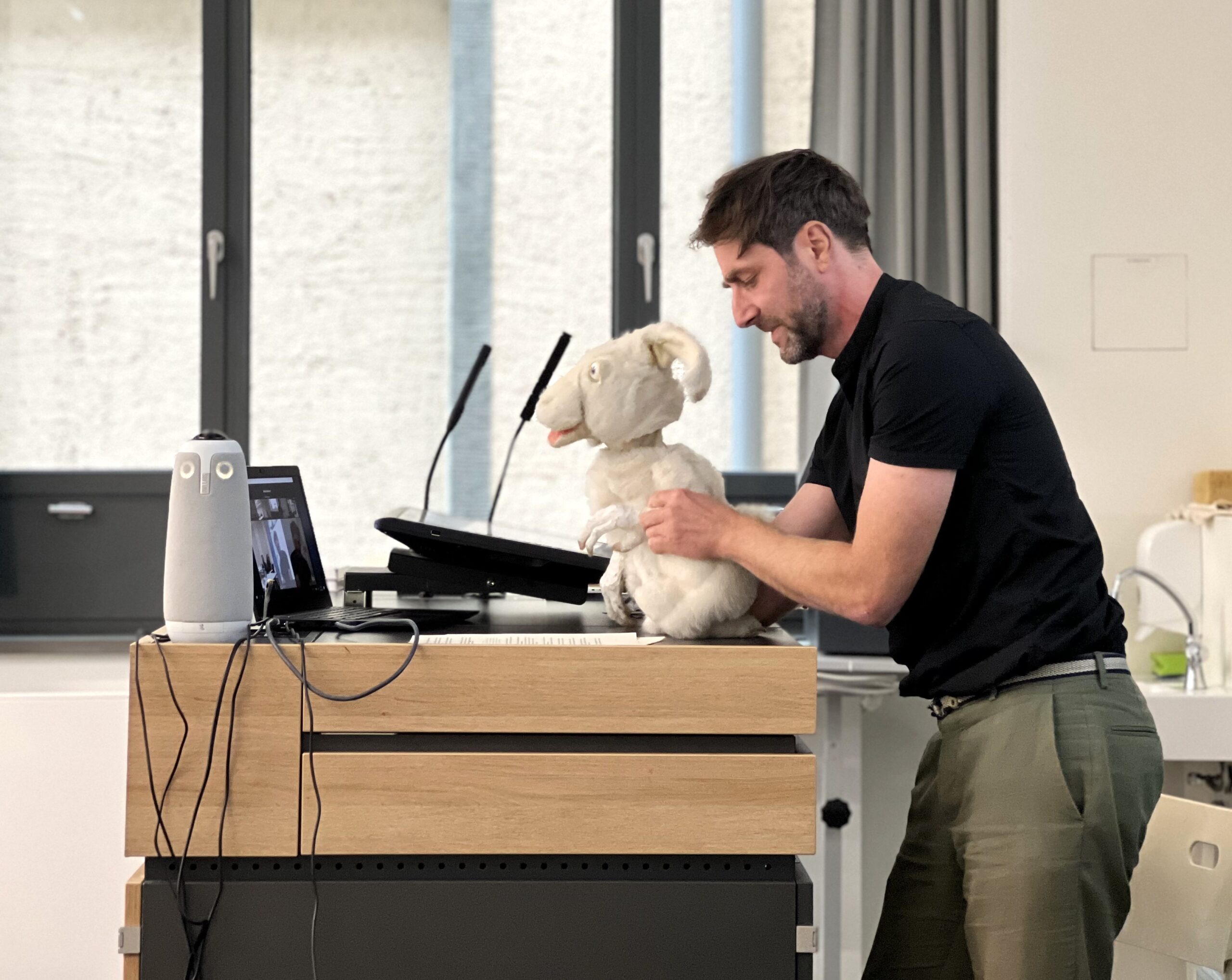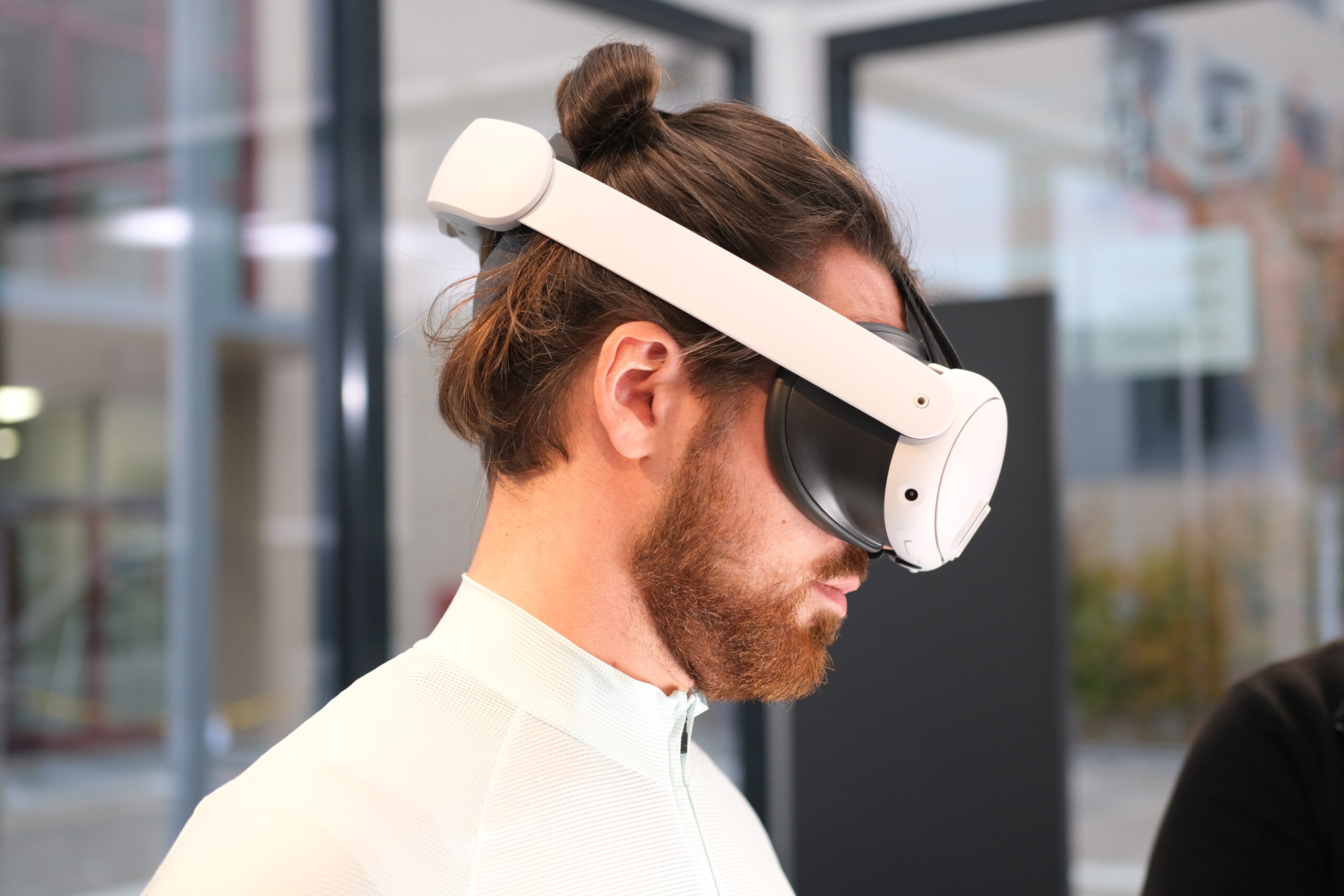Our researcher Matthias Jobst has joined our ‘ReachOut’ exchange program.
This program aims to introduce CeTI employees to other research institutes, universities, and companies working in areas relevant to CeTI.
Dear Matthias, can you tell us about your experience?
My research at CeTI focuses on information processing with extremely low power budget. I mainly look at how to solve problems with machine learning and develop chips that can run these algorithms efficiently. Since the human brain is orders of magnitudes more efficient for many types of computation, I try to incorporate some of the mechanisms from biology into my developments. During three weeks at the Telluride Neuromorphic Cognition Engineering workshop, I attended many lectures from experts in different areas – from Artificial Intelligence to Computational Neuroscience and Chip Design. The second component of the workshop is project works. Participants worked on a multitude of different projects. I participated mainly in three of those:
The first project was about controlling an inverted pendulum, which is basically balancing a stick by moving a cart left and right. We implemented a neural-network-based controller on one of our chips, demoing its real-time capabilities. We could show that already with a small fraction of its power, it is able to perform control tasks with low latency.
The second project looked at EEG-signals from the human brain in a setting with auditory-motor coupling, where the subject plays the piano. Movement of the subject will cause weak signals, such as auditory signals, to be covered. The two main contributors for that are the motor control signals from the brain to the muscles and the EEG electrodes slightly moving and creating noise. The idea of this project was to record the movement data from a haptic glove simultaneously with the EEG in order to de-noise the EEG recording.
In my third project, we developed a software library for a type of biologically inspired neural networks, spiking neural networks. There are many frameworks out there for training and simulation, as well as several optimized hardware platforms. However, they are not compatible with each other. Our library serves as an intermediate representation which allows easy transfer of models between the other frameworks. More information.
Aside from learning many new things and getting glimpses into completely new areas, I was able to vastly extend my network by getting to know researches from across the world.
Why would you recommend this exchange program?
This is a very unique programme which is very flexible with regards to destination and type of exchange. Participation in international events, meeting and having fruitful discussions with researchers from other groups, sometimes even from completely different fields helps shape ones perspective and views and gives new research impulses. So I would really recommend to make use of this programme.






